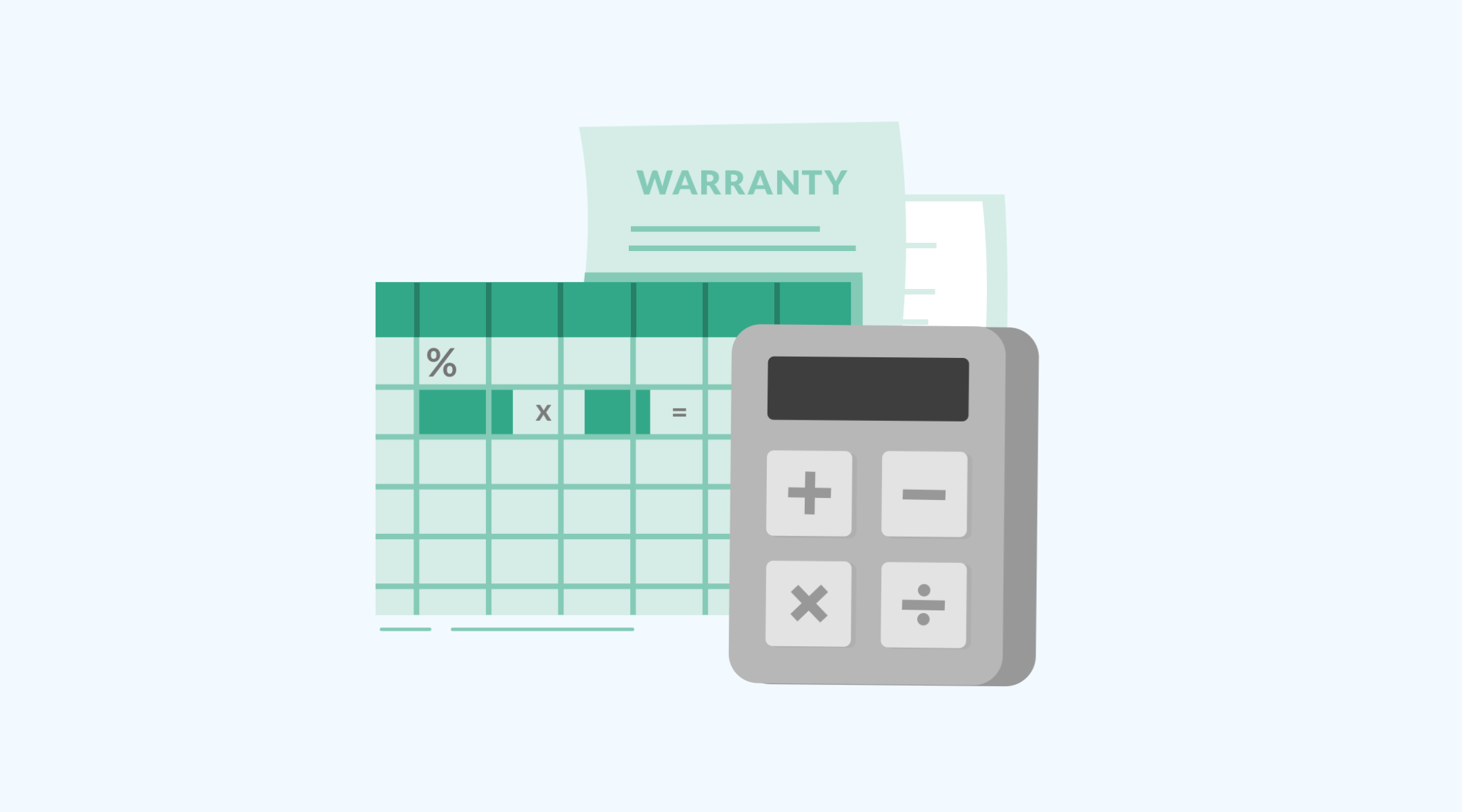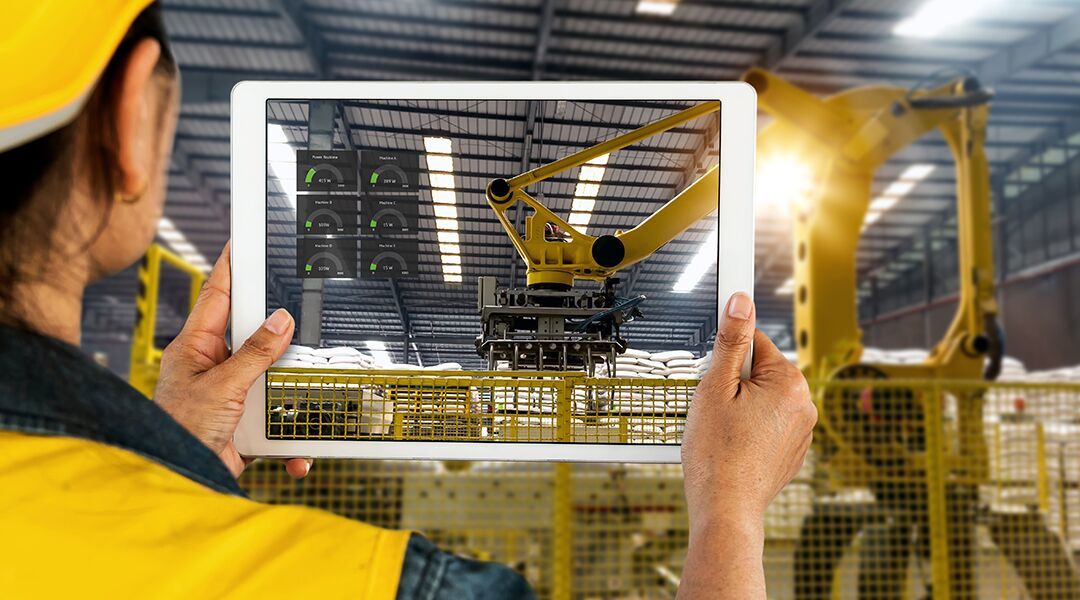What is Industrial IoT?
This term describes an environment where an Internet of Things (IoT) connects intelligent entities like sensors, devices, assets and products to one another and to internet services and applications. The IoT architecture builds on current and emerging technologies such as intelligent equipment with an IP address, machine-to-machine (M2M) communications, mobility, cloud computing, Big Data, analytics, and visualization tools. But, what are the key benefits to investing in IoT? Many customers ask us: will organizations that invest in this technology see a return on investment?
Let’s take a look at the business value proposition of Industrial IoT, and the ways Industrial IoT will benefit Enterprise Asset Management software systems across industries:
Increase Asset Reliability
IoT-enabled assets boast condition monitoring, spare parts, and asset repair services. Intelligent assets will enable OEMs to remotely monitor asset health in their customers’ plants to support the failure anticipation, ordering of the parts, and preventive repairs to improve asset longevity.
Improve KPIs and Maintenance Insights
Remote asset monitoring provides a significant business value proposition to help justify investments in the IoT and connected devices for both in-plant asset management and field service. IoT-connected devices enable end users and/or OEMs to remotely monitor sensor data (like vibration, temperature, pressure, etc.). Imagine your EAM software warning you of a potential malfunction in advance. Using Big Data coming from assets with other sources, EAM users will begin to move towards an increasingly predictive approach to their maintenance process.
Reduce Unplanned Downtime
Machine downtime, particularly unplanned downtime, is a key impediment to production performance.
- Higher costs with work-in-process (WIP) material waste and scrap
- Labor losses with idle time, rework, and clean-up
- Missed production schedules with delayed shipments, customer satisfaction issues, lost orders, and lower revenue
- Higher business risks with potential safety and environmental incidents
In the future, as parts become intelligent and connected, users will be able to predict failures days or even weeks in advance. By improving the predictability of failures, you’ll see uptime increases and decreases in the severity of breakdown events when they do occur. In this manner, Industrial IoT improves product and equipment uptime through remote diagnostics, troubleshooting, and predictive maintenance.
Reduce Spare Parts Inventories
IoT-enabled equipment can help organizations reduce inventory while allowing them to run with fewer spare parts depots. Fewer unplanned equipment failures mean reductions in the supply of spare parts inventory on hand to support quick response to emergency repairs. Also, fewer emergency calls mean more spare parts inventory can be in a centrally located warehouse, rather than in regional or local depots.








